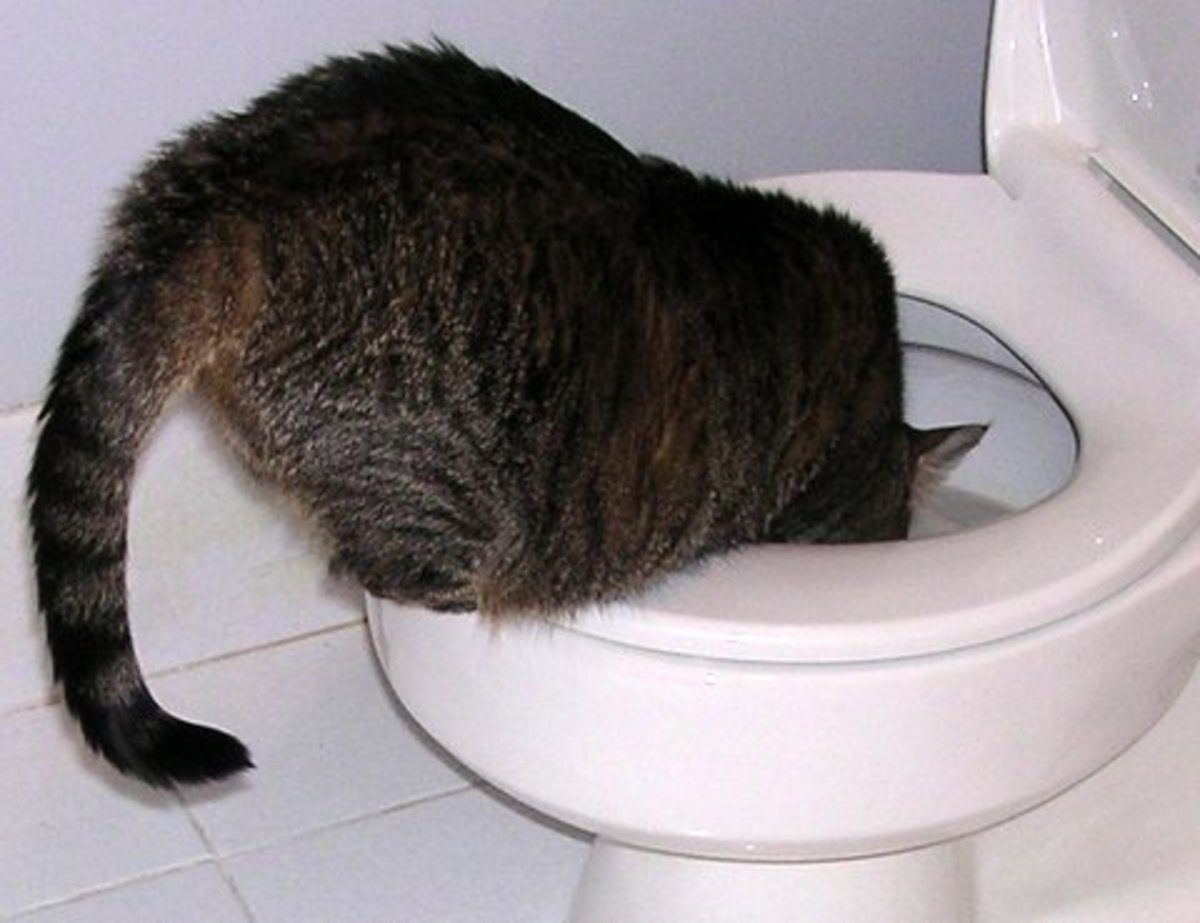Just how do you feel in relation to How to Dispose of Cat Poop and Litter Without Plastic Bags?

Introduction
As pet cat proprietors, it's essential to bear in mind just how we dispose of our feline friends' waste. While it may appear hassle-free to purge cat poop down the bathroom, this method can have detrimental repercussions for both the environment and human health.
Ecological Impact
Flushing cat poop presents unsafe virus and bloodsuckers into the water, posing a significant danger to aquatic communities. These pollutants can adversely impact aquatic life and concession water high quality.
Health Risks
In addition to environmental concerns, purging cat waste can also pose wellness risks to human beings. Feline feces may contain Toxoplasma gondii, a bloodsucker that can trigger toxoplasmosis-- a potentially extreme health problem, particularly for pregnant ladies and individuals with weakened body immune systems.
Alternatives to Flushing
The good news is, there are more secure and a lot more liable methods to get rid of feline poop. Take into consideration the following alternatives:
1. Scoop and Dispose in Trash
The most usual technique of disposing of feline poop is to scoop it into a naturally degradable bag and throw it in the garbage. Be sure to use a dedicated clutter inside story and dispose of the waste promptly.
2. Use Biodegradable Litter
Opt for naturally degradable feline litter made from products such as corn or wheat. These trashes are eco-friendly and can be safely disposed of in the trash.
3. Hide in the Yard
If you have a backyard, consider burying pet cat waste in a designated area away from vegetable gardens and water resources. Make certain to dig deep enough to avoid contamination of groundwater.
4. Install a Pet Waste Disposal System
Purchase an animal garbage disposal system specifically developed for pet cat waste. These systems make use of enzymes to break down the waste, minimizing smell and ecological impact.
Conclusion
Accountable pet dog ownership extends beyond providing food and sanctuary-- it likewise entails correct waste monitoring. By avoiding flushing feline poop down the bathroom and going with alternative disposal techniques, we can decrease our ecological impact and safeguard human wellness.
Why Can’t I Flush Cat Poop?
It Spreads a Parasite
Cats are frequently infected with a parasite called toxoplasma gondii. The parasite causes an infection called toxoplasmosis. It is usually harmless to cats. The parasite only uses cat poop as a host for its eggs. Otherwise, the cat’s immune system usually keeps the infection at low enough levels to maintain its own health. But it does not stop the develop of eggs. These eggs are tiny and surprisingly tough. They may survive for a year before they begin to grow. But that’s the problem.
Our wastewater system is not designed to deal with toxoplasmosis eggs. Instead, most eggs will flush from your toilet into sewers and wastewater management plants. After the sewage is treated for many other harmful things in it, it is typically released into local rivers, lakes, or oceans. Here, the toxoplasmosis eggs can find new hosts, including starfish, crabs, otters, and many other wildlife. For many, this is a significant risk to their health. Toxoplasmosis can also end up infecting water sources that are important for agriculture, which means our deer, pigs, and sheep can get infected too.
Is There Risk to Humans?
There can be a risk to human life from flushing cat poop down the toilet. If you do so, the parasites from your cat’s poop can end up in shellfish, game animals, or livestock. If this meat is then served raw or undercooked, the people who eat it can get sick.
In fact, according to the CDC, 40 million people in the United States are infected with toxoplasma gondii. They get it from exposure to infected seafood, or from some kind of cat poop contamination, like drinking from a stream that is contaminated or touching anything that has come into contact with cat poop. That includes just cleaning a cat litter box.
Most people who get infected with these parasites will not develop any symptoms. However, for pregnant women or for those with compromised immune systems, the parasite can cause severe health problems.
How to Handle Cat Poop
The best way to handle cat poop is actually to clean the box more often. The eggs that the parasite sheds will not become active until one to five days after the cat poops. That means that if you clean daily, you’re much less likely to come into direct contact with infectious eggs.
That said, always dispose of cat poop in the garbage and not down the toilet. Wash your hands before and after you clean the litter box, and bring the bag of poop right outside to your garbage bins.
https://trenchlesssolutionsusa.com/why-cant-i-flush-cat-poop/

As a fervent person who reads about Can You Flush Cat Poo or Litter Down the Toilet?, I thought sharing that excerpt was worthwhile. Those who appreciated our article please don't forget to pass it around. I treasure reading our article about Can You Flush Cat Poo or Litter Down the Toilet?.
Go Deal Now
Comments on “Why Flushing Cat Poop Down Your Toilet Is Harmful - Suggestions for Proper Handling”